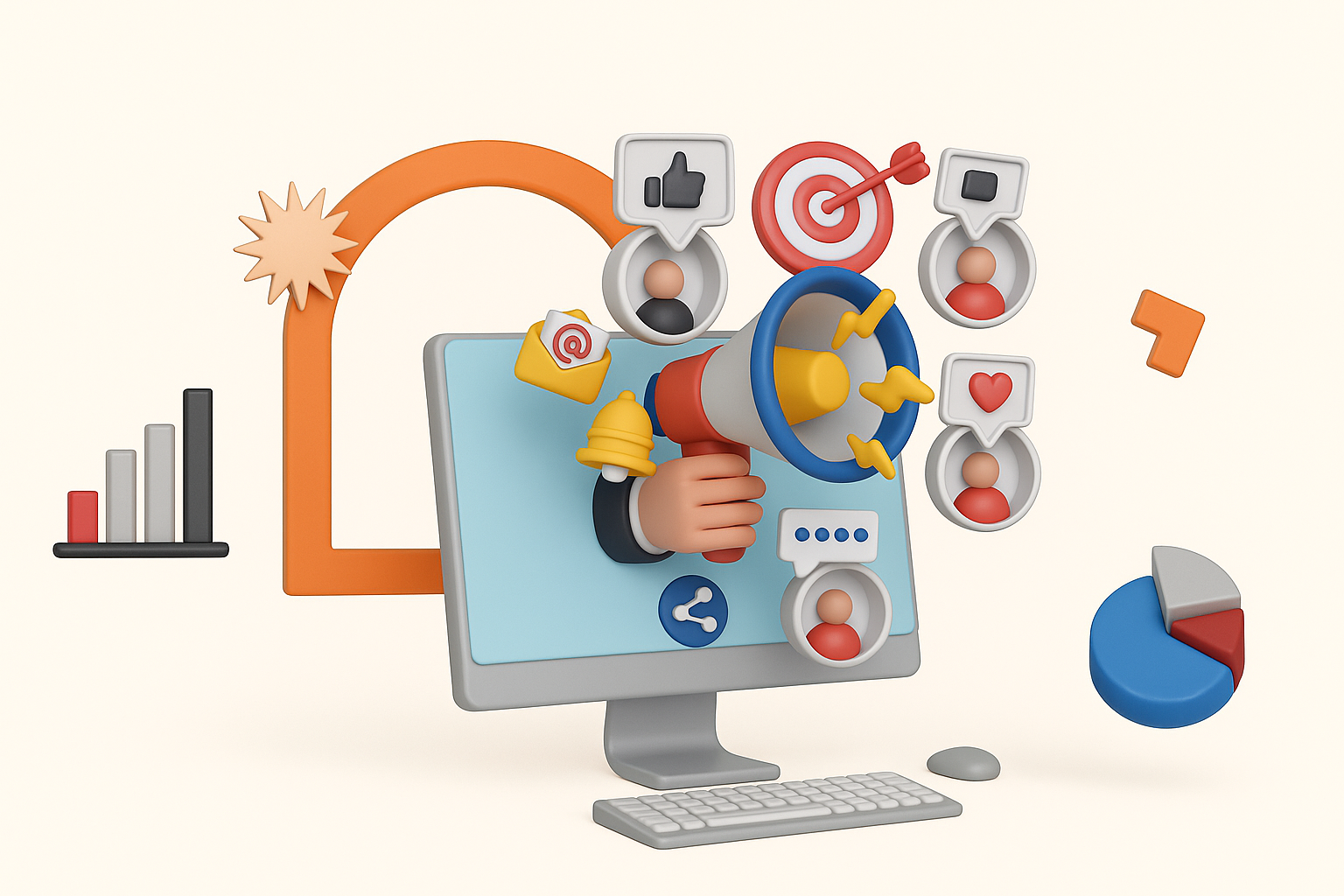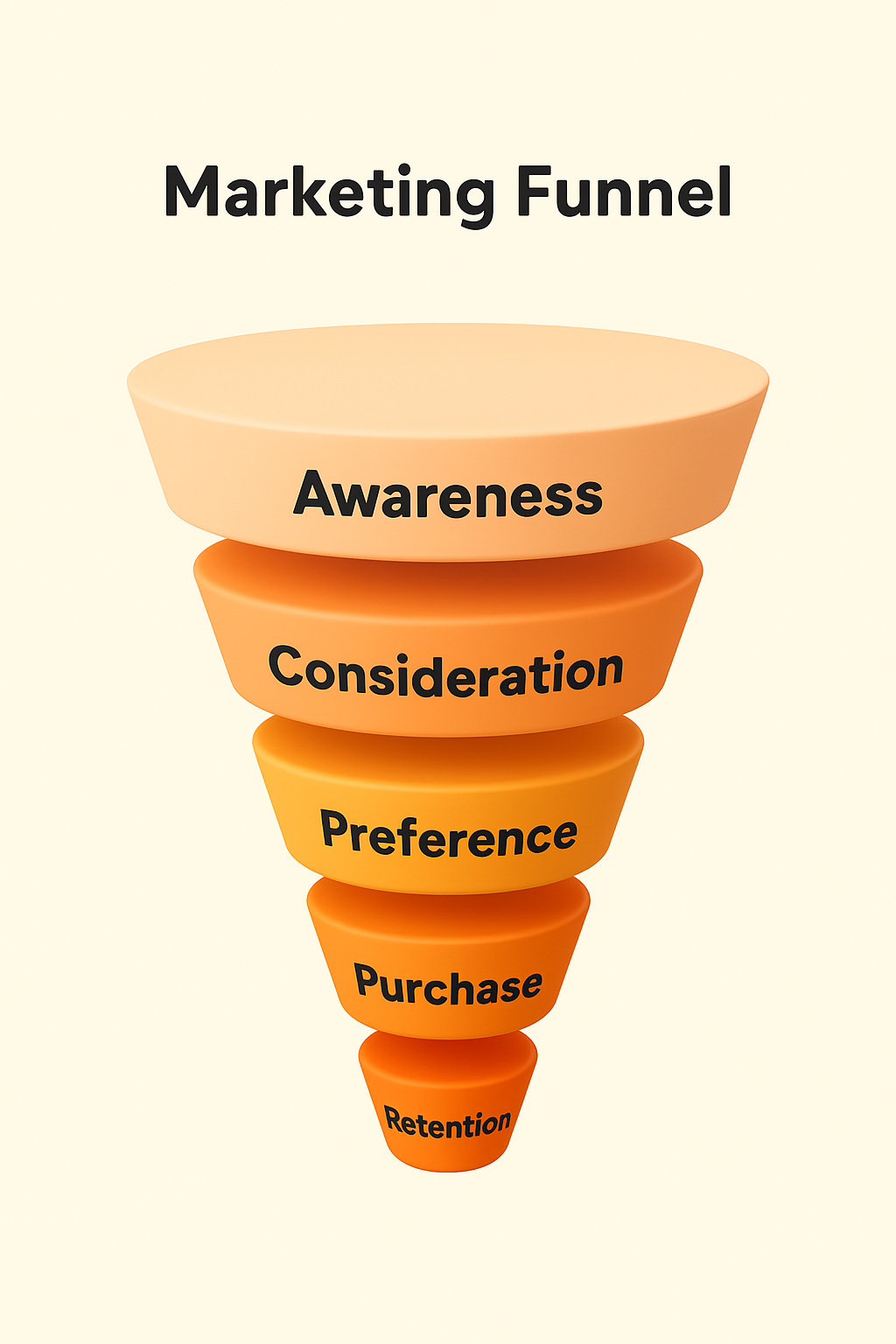How to Write a Formal Business Email in B2B SaaS
Writing a formal business email in the B2B SaaS world is a skill that directly influences your communication effectiveness, deal closures, and long-term client relationships. Whether you’re reaching out to a prospect, responding to a customer inquiry, or aligning with internal stakeholders, your email needs to be clear, concise, and purpose-driven. Below is a practical guide on How to Write a Formal Business Email in B2B SaaS using both paragraph explanations and actionable pointers.
Why Formal Emails Matter in B2B SaaS
B2B SaaS communication often involves multiple decision-makers, technical explanations, onboarding steps, and contract details. A polished email not only represents your company but also builds trust, professionalism, and clarity in fast-moving software environments.
A well-written email can:
Reduce miscommunication
Improve response rates
Speed up sales cycles
Strengthen customer relationships
1. Start With a Clear and Professional Subject Line
Your subject line determines whether the recipient opens the email.
Pointers:
Keep it specific and relevant.
Avoid clickbait or vague phrases.
Mention the core purpose (e.g., “Meeting Request: Q1 Product Roadmap Discussion”).
Example:
“Proposal for Optimizing Your Workflow with Our SaaS Platform”
2. Use an Appropriate Greeting and Introduction
First impressions matter — especially in formal B2B communication.
Pointers:
Use professional greetings such as Hi [Name] or Hello [Name].
Avoid overly casual greetings like “Hey.”
If writing cold outreach, briefly introduce yourself and your company.
Example:
Hi Sarah,
I hope you’re doing well. My name is Alex, and I’m the Customer Success Manager at Cloudify…”
3. Get Straight to the Point
Busy professionals appreciate emails that respect their time.
Pointers:
State the purpose in the first 1–2 sentences.
Avoid unnecessary context unless essential.
Use short paragraphs for easier scanning.
Example:
“I’m reaching out to share the onboarding timeline and next steps for your team.”
4. Add Value Through Clarity and Structure
B2B SaaS emails often include instructions, updates, or proposals. Structure helps readers understand quickly.
Pointers:
Use bullet lists for features, steps, timelines, or action items.
Bold key information such as dates, deadlines, or deliverables.
Be precise with technical terms to avoid ambiguity.
Example:
“Here are the next steps for implementation:
Set up user roles
Integrate API keys
Schedule training session for your team”
5. Personalize the Email to the Recipient
Generic emails get ignored — even in formal communication.
Pointers:
Reference the recipient’s company, product, or specific challenges.
Tailor your tone based on their role (technical, operational, executive).
Mention previous conversations or shared documents where relevant.
Personalization shows genuine effort and increases engagement.
6. Maintain a Professional Tone and Avoid Jargon Overload
B2B SaaS can be technical, but complexity should not overshadow clarity.
Pointers:
Use simple and direct language.
Avoid slang or overly casual phrasing.
Explain technical concepts when emailing non-technical stakeholders.
Example:
“Your API integration will sync in real time, allowing your team to automate data transfer securely.”
7. Add a Clear Call-to-Action (CTA)
Every formal email should guide the recipient on what to do next.
Pointers:
Use action-oriented statements.
Offer time options for meetings.
Ask a direct question to prompt a reply.
Example:
“Could we schedule a 20-minute call this week? I’m available on Wednesday at 2 PM or Thursday at 10 AM.”
8. Close with Polite and Professional Sign-Off
A strong closing maintains professionalism and sets expectations.
Pointers:
Use closings like Best regards, Kind regards, or Sincerely.
Include your full name, title, and contact details.
Add your company logo or signature if appropriate.
Example:
Kind regards,
Emily Carter
Product Marketing Manager
SaaSFlow Technologies
9. Proofread Before Sending
Errors can undermine credibility in B2B environments.
Pointers:
Check for spelling, grammar, and formatting.
Ensure attachments and links are included.
Read the email aloud for clarity.
A clean, error-free email reflects professionalism and attention to detail.
10. Follow Up Professionally if Needed
If you don’t receive a response, a polite follow-up can make all the difference.
Pointers:
know more.
Hashtags
#B2BSaaS #BusinessCommunication #ProfessionalEmails #SaaSMarketing #EmailEtiquette
Writing a formal business email in the B2B SaaS world is a skill that directly influences your communication effectiveness, deal closures, and long-term client relationships. Whether you’re reaching out to a prospect, responding to a customer inquiry, or aligning with internal stakeholders, your email needs to be clear, concise, and purpose-driven. Below is a practical guide on How to Write a Formal Business Email in B2B SaaS using both paragraph explanations and actionable pointers.
Why Formal Emails Matter in B2B SaaS
B2B SaaS communication often involves multiple decision-makers, technical explanations, onboarding steps, and contract details. A polished email not only represents your company but also builds trust, professionalism, and clarity in fast-moving software environments.
A well-written email can:
Reduce miscommunication
Improve response rates
Speed up sales cycles
Strengthen customer relationships
1. Start With a Clear and Professional Subject Line
Your subject line determines whether the recipient opens the email.
Pointers:
Keep it specific and relevant.
Avoid clickbait or vague phrases.
Mention the core purpose (e.g., “Meeting Request: Q1 Product Roadmap Discussion”).
Example:
“Proposal for Optimizing Your Workflow with Our SaaS Platform”
2. Use an Appropriate Greeting and Introduction
First impressions matter — especially in formal B2B communication.
Pointers:
Use professional greetings such as Hi [Name] or Hello [Name].
Avoid overly casual greetings like “Hey.”
If writing cold outreach, briefly introduce yourself and your company.
Example:
Hi Sarah,
I hope you’re doing well. My name is Alex, and I’m the Customer Success Manager at Cloudify…”
3. Get Straight to the Point
Busy professionals appreciate emails that respect their time.
Pointers:
State the purpose in the first 1–2 sentences.
Avoid unnecessary context unless essential.
Use short paragraphs for easier scanning.
Example:
“I’m reaching out to share the onboarding timeline and next steps for your team.”
4. Add Value Through Clarity and Structure
B2B SaaS emails often include instructions, updates, or proposals. Structure helps readers understand quickly.
Pointers:
Use bullet lists for features, steps, timelines, or action items.
Bold key information such as dates, deadlines, or deliverables.
Be precise with technical terms to avoid ambiguity.
Example:
“Here are the next steps for implementation:
Set up user roles
Integrate API keys
Schedule training session for your team”
5. Personalize the Email to the Recipient
Generic emails get ignored — even in formal communication.
Pointers:
Reference the recipient’s company, product, or specific challenges.
Tailor your tone based on their role (technical, operational, executive).
Mention previous conversations or shared documents where relevant.
Personalization shows genuine effort and increases engagement.
6. Maintain a Professional Tone and Avoid Jargon Overload
B2B SaaS can be technical, but complexity should not overshadow clarity.
Pointers:
Use simple and direct language.
Avoid slang or overly casual phrasing.
Explain technical concepts when emailing non-technical stakeholders.
Example:
“Your API integration will sync in real time, allowing your team to automate data transfer securely.”
7. Add a Clear Call-to-Action (CTA)
Every formal email should guide the recipient on what to do next.
Pointers:
Use action-oriented statements.
Offer time options for meetings.
Ask a direct question to prompt a reply.
Example:
“Could we schedule a 20-minute call this week? I’m available on Wednesday at 2 PM or Thursday at 10 AM.”
8. Close with Polite and Professional Sign-Off
A strong closing maintains professionalism and sets expectations.
Pointers:
Use closings like Best regards, Kind regards, or Sincerely.
Include your full name, title, and contact details.
Add your company logo or signature if appropriate.
Example:
Kind regards,
Emily Carter
Product Marketing Manager
SaaSFlow Technologies
9. Proofread Before Sending
Errors can undermine credibility in B2B environments.
Pointers:
Check for spelling, grammar, and formatting.
Ensure attachments and links are included.
Read the email aloud for clarity.
A clean, error-free email reflects professionalism and attention to detail.
10. Follow Up Professionally if Needed
If you don’t receive a response, a polite follow-up can make all the difference.
Pointers:
know more.
Hashtags
#B2BSaaS #BusinessCommunication #ProfessionalEmails #SaaSMarketing #EmailEtiquette
How to Write a Formal Business Email in B2B SaaS
Writing a formal business email in the B2B SaaS world is a skill that directly influences your communication effectiveness, deal closures, and long-term client relationships. Whether you’re reaching out to a prospect, responding to a customer inquiry, or aligning with internal stakeholders, your email needs to be clear, concise, and purpose-driven. Below is a practical guide on How to Write a Formal Business Email in B2B SaaS using both paragraph explanations and actionable pointers.
Why Formal Emails Matter in B2B SaaS
B2B SaaS communication often involves multiple decision-makers, technical explanations, onboarding steps, and contract details. A polished email not only represents your company but also builds trust, professionalism, and clarity in fast-moving software environments.
A well-written email can:
Reduce miscommunication
Improve response rates
Speed up sales cycles
Strengthen customer relationships
1. Start With a Clear and Professional Subject Line
Your subject line determines whether the recipient opens the email.
Pointers:
Keep it specific and relevant.
Avoid clickbait or vague phrases.
Mention the core purpose (e.g., “Meeting Request: Q1 Product Roadmap Discussion”).
Example:
“Proposal for Optimizing Your Workflow with Our SaaS Platform”
2. Use an Appropriate Greeting and Introduction
First impressions matter — especially in formal B2B communication.
Pointers:
Use professional greetings such as Hi [Name] or Hello [Name].
Avoid overly casual greetings like “Hey.”
If writing cold outreach, briefly introduce yourself and your company.
Example:
Hi Sarah,
I hope you’re doing well. My name is Alex, and I’m the Customer Success Manager at Cloudify…”
3. Get Straight to the Point
Busy professionals appreciate emails that respect their time.
Pointers:
State the purpose in the first 1–2 sentences.
Avoid unnecessary context unless essential.
Use short paragraphs for easier scanning.
Example:
“I’m reaching out to share the onboarding timeline and next steps for your team.”
4. Add Value Through Clarity and Structure
B2B SaaS emails often include instructions, updates, or proposals. Structure helps readers understand quickly.
Pointers:
Use bullet lists for features, steps, timelines, or action items.
Bold key information such as dates, deadlines, or deliverables.
Be precise with technical terms to avoid ambiguity.
Example:
“Here are the next steps for implementation:
Set up user roles
Integrate API keys
Schedule training session for your team”
5. Personalize the Email to the Recipient
Generic emails get ignored — even in formal communication.
Pointers:
Reference the recipient’s company, product, or specific challenges.
Tailor your tone based on their role (technical, operational, executive).
Mention previous conversations or shared documents where relevant.
Personalization shows genuine effort and increases engagement.
6. Maintain a Professional Tone and Avoid Jargon Overload
B2B SaaS can be technical, but complexity should not overshadow clarity.
Pointers:
Use simple and direct language.
Avoid slang or overly casual phrasing.
Explain technical concepts when emailing non-technical stakeholders.
Example:
“Your API integration will sync in real time, allowing your team to automate data transfer securely.”
7. Add a Clear Call-to-Action (CTA)
Every formal email should guide the recipient on what to do next.
Pointers:
Use action-oriented statements.
Offer time options for meetings.
Ask a direct question to prompt a reply.
Example:
“Could we schedule a 20-minute call this week? I’m available on Wednesday at 2 PM or Thursday at 10 AM.”
8. Close with Polite and Professional Sign-Off
A strong closing maintains professionalism and sets expectations.
Pointers:
Use closings like Best regards, Kind regards, or Sincerely.
Include your full name, title, and contact details.
Add your company logo or signature if appropriate.
Example:
Kind regards,
Emily Carter
Product Marketing Manager
SaaSFlow Technologies
9. Proofread Before Sending
Errors can undermine credibility in B2B environments.
Pointers:
Check for spelling, grammar, and formatting.
Ensure attachments and links are included.
Read the email aloud for clarity.
A clean, error-free email reflects professionalism and attention to detail.
10. Follow Up Professionally if Needed
If you don’t receive a response, a polite follow-up can make all the difference.
Pointers:
know more.
Hashtags
#B2BSaaS #BusinessCommunication #ProfessionalEmails #SaaSMarketing #EmailEtiquette
0 Комментарии
0 Поделились


